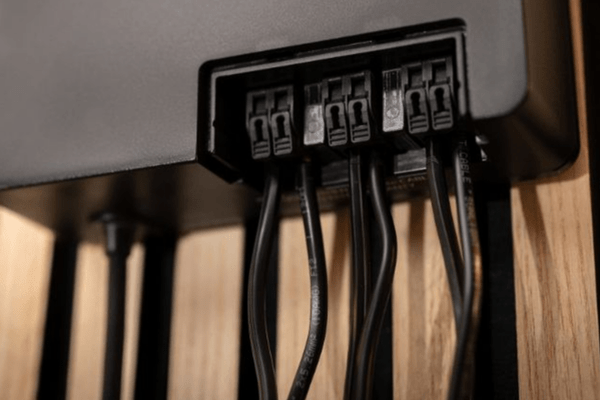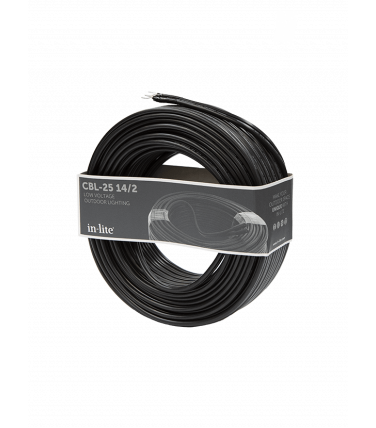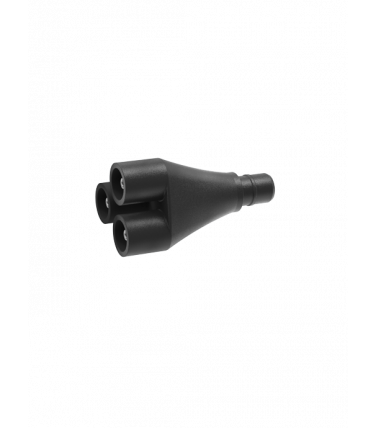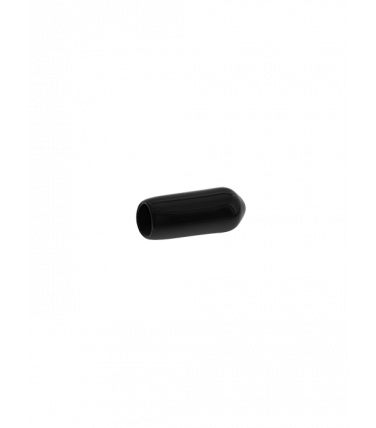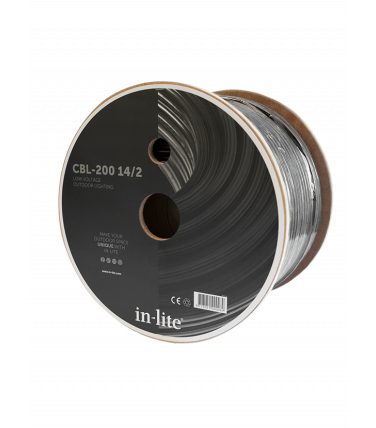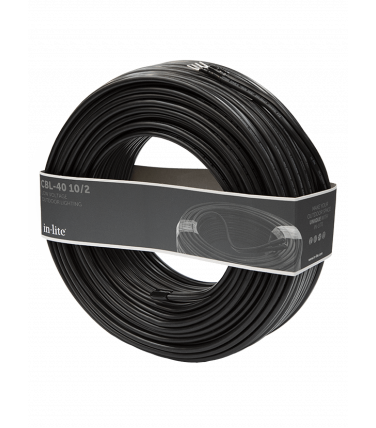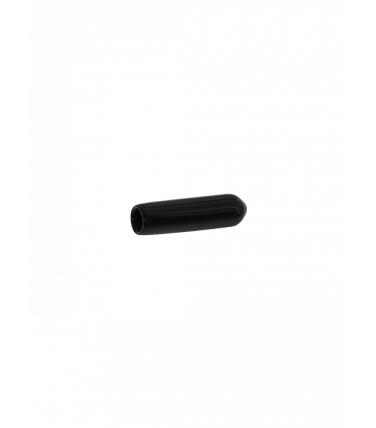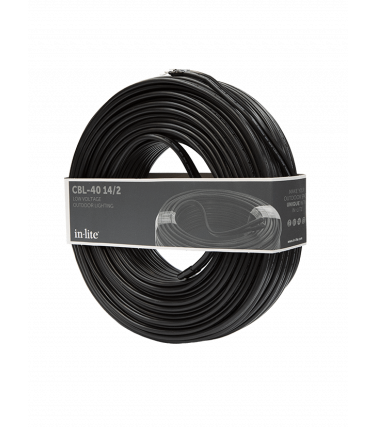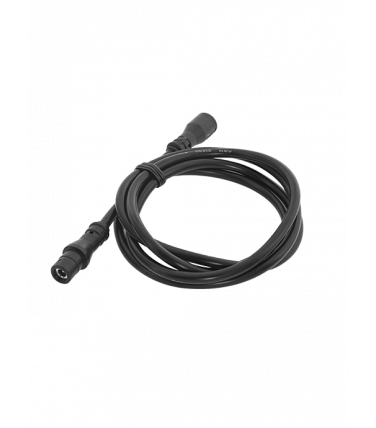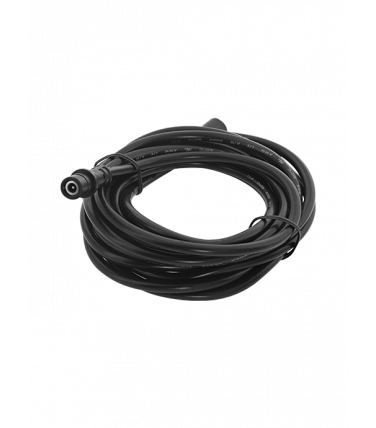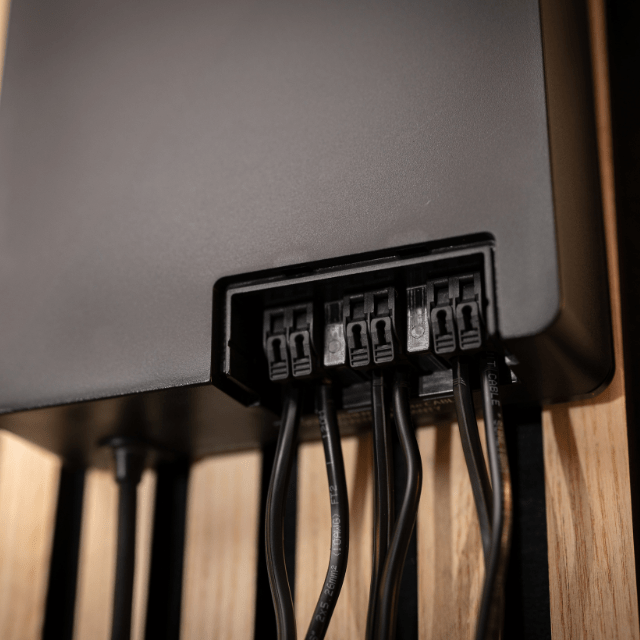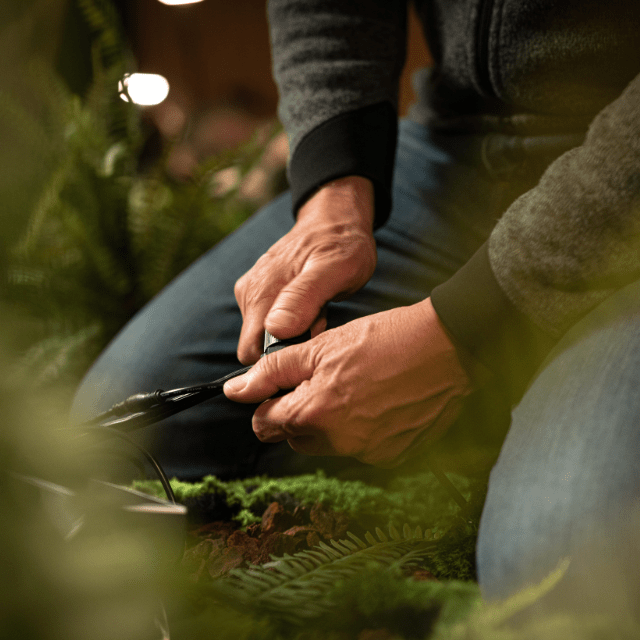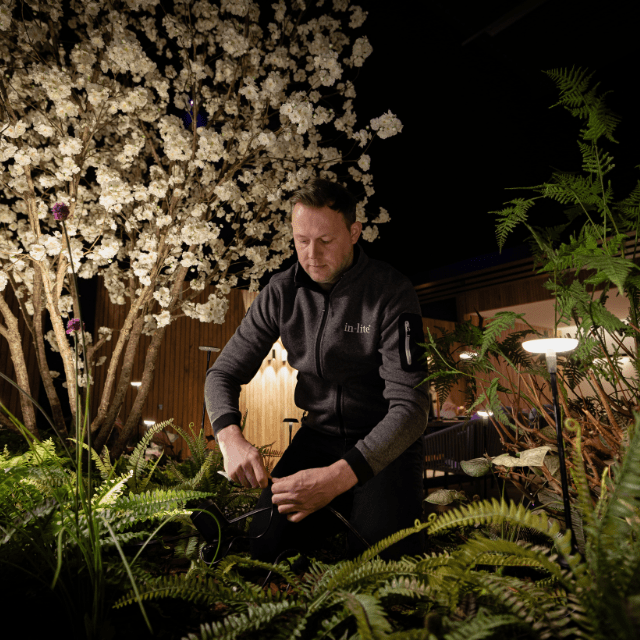Frequently asked questions
Why does the 5-year warranty on fixtures require in-lite cables to be used?
in-lite is a high-quality brand that offers only the best products for our customers. We also offer a 5-year warranty on all of these products. Defective products can be returned for inspection and then either repaired or replaced. More complex issues can even be solved on-site.
However, we can only guarantee this service if the system is built entirely from in-lite products. This is because poorly functioning, defective, or ‘strange’ products can have an impact on other products, or even the entire system. If a system consists entirely of in-lite products, we can almost always find the cause of a problem and fix it. If products bought elsewhere are used, this cannot always happen, and we therefore cannot offer service or warranty for resulting issues.
How do I connect the cable to the transformer?
The HUB-50 and HUB-100 are equipped with two easy connection points, where you can simply click-connect cables to them. Cut a few centimeters off of each cable end and strip approximately 0.3"/8mm from each end using cable stripping pliers. Then twist the copper wires together so that no loose wires are sticking out. Click the Easy-Connect clip of the cable entry upwards, and place one end into the entry point. Click the cable into place by pushing the Easy-Connect clip down, and gently pull on it to confirm that it is secure. Repeat this process with the other end of the cable. If desired, you can then connect a second cable to the transformer. Both cables are controlled together by the transformer.
The SMART HUB-150 is equipped with 3 easy-click connection points. This allows you to connect a second or even third cable to the transformer. The cables can be controlled separately through the in-lite app. Check out the manual for detailed instructions on this. To connect the cable to CB-type transformers, you must use cable lugs, which are always supplied with this type of transformer.
Please note: Have you purchased an in-lite cable with cable lugs mounted to it and wish to connect it to the HUB-50/100 or SMART HUB-150? Cut off the cable lugs completely and strip the cable as described above, or check the transformer manual for more information.
